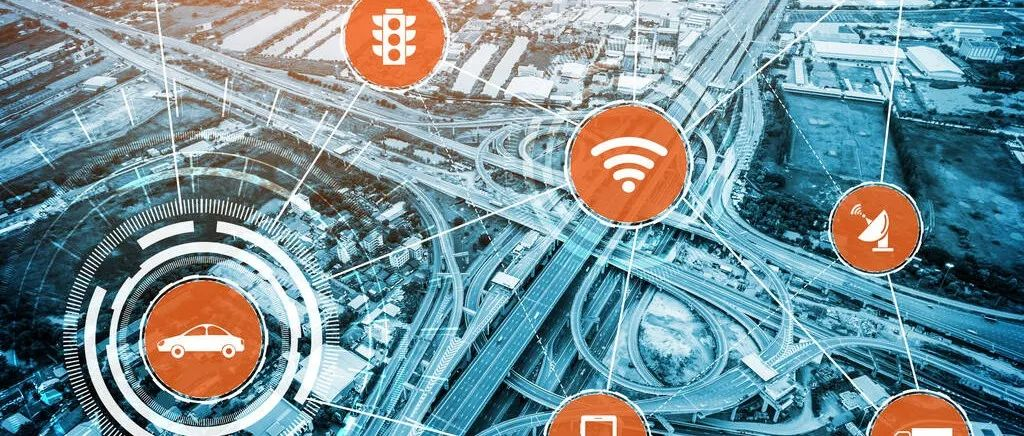Autotranslation Result (English)
Author: Zhu Yulong
There were a lot of problems with the handling of the Shanghai outbreak this time, and I won’t delve into them too much. For our small family, Diandong, Hema, JD, and Ele.me delivery services being down was one thing, and on my end, Pinduoduo and Meituan Maicai couldn’t keep up either.
Recently, a video from Meituan started to spread, with netizens capturing a series of Little Yellow unmanned delivery vehicles delivering goods in the community day and night. The Shanghai riders who deliver food (need to take nucleic acid tests constantly to confirm whether they have become a route of transmission) finally have new helpers (replacements). I want to explore how this round of serious epidemic in Shanghai, due to tight transportation capacity and special circumstances, will greatly promote the application of low-speed delivery unmanned driving technology in this field.
Note: From this point in time, it is an important node for testing whether a technology can be promoted.
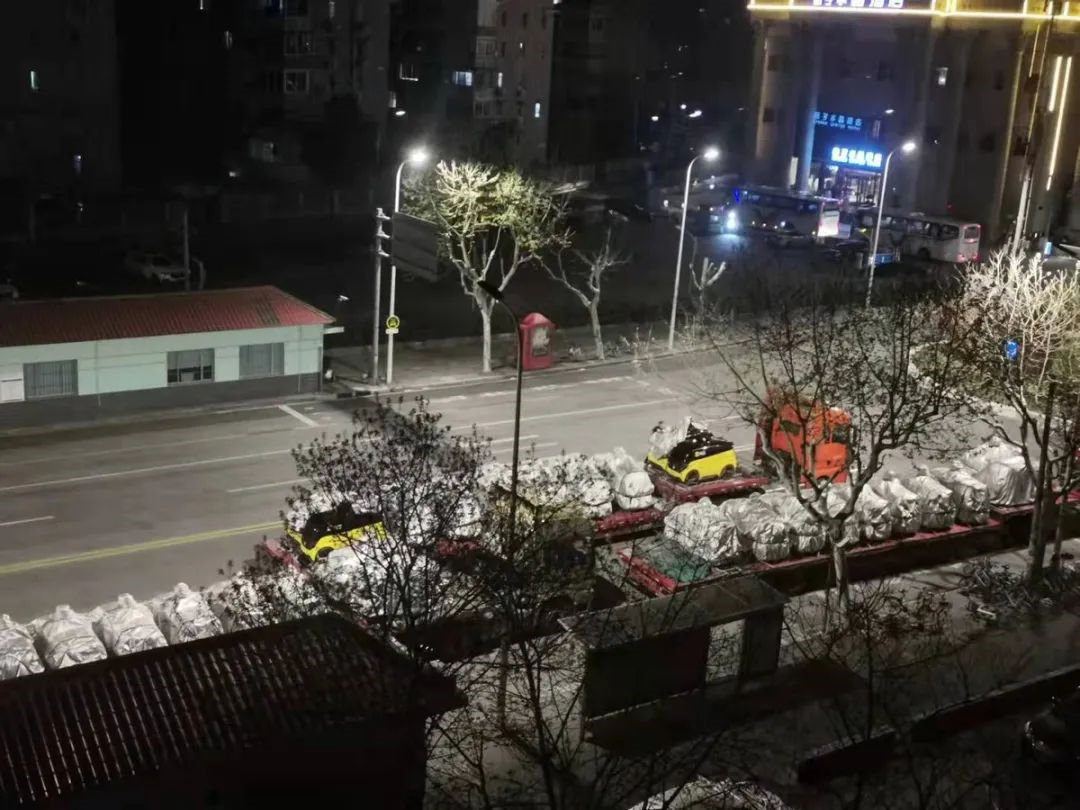
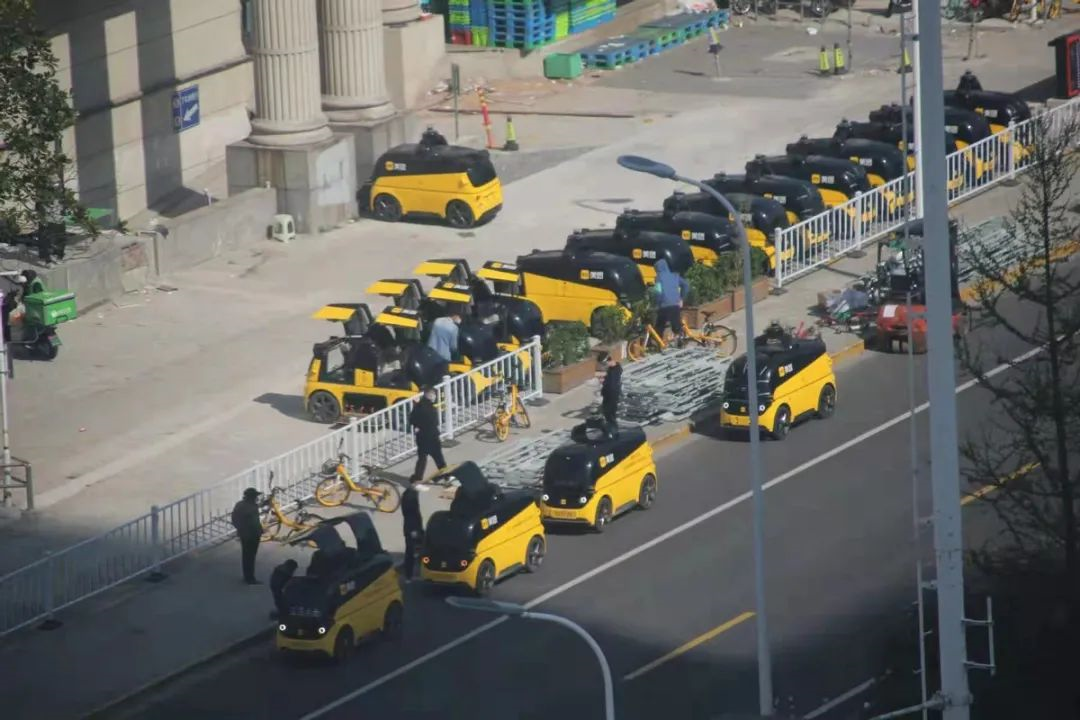
Last-mile logistics delivery is a logistics activity that delivers packages directly to consumers, satisfying end customers in the distribution logistics process, from the last delivery point of the logistics service provider to the hands of consumers.
Note: Judging from the current situation of the epidemic, it is to the entrance of the community.
Last-mile delivery has the characteristics of many varieties, small batches, and high frequency; many delivery nodes, complex traffic conditions, etc., which requires a lot of time, leading to an increase in the cost of urban last-mile logistics. The last-mile logistics delivery itself contains enormous commercial value, on the one hand, it can directly understand customer needs, accumulate consumer data, and establish a comprehensive service entry point, which is the key to winning customers. In the special conditions of the Shanghai outbreak, it directly determines whether it can be used.
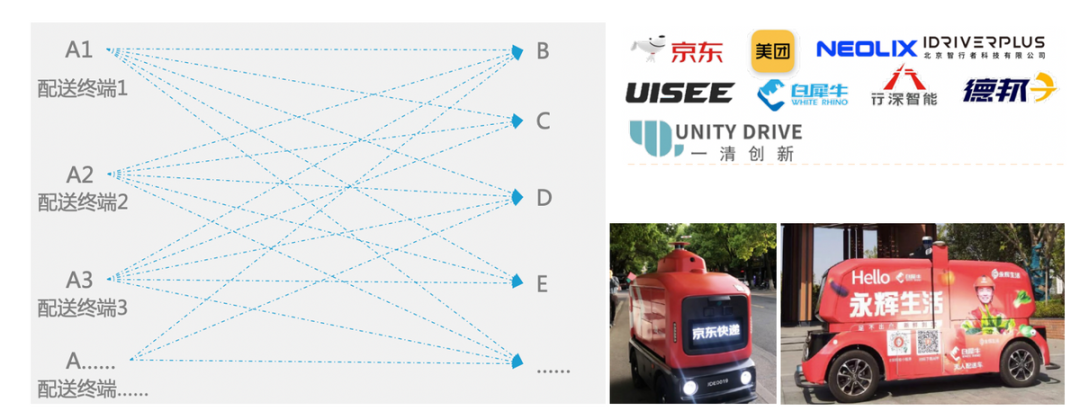
In terms of difficulty, there are indeed many difficulties, such as:
-
There are many types of delivery items, including express delivery, catering, fresh produce, medicines, etc. These different products have differentiated delivery requirements, and personnel are required to assist in using the tools. During the epidemic, there were only basic necessities, which were groceries.
-
The normal delivery scenarios are complex, covering urban communities, commercial areas, office areas, apartment buildings, hotels, universities, etc. During the epidemic period, the main delivery scenes were simplified, and all were residential areas (people stayed home).
-
The normal delivery routes are complicated, mainly due to high demand and relying on delivery personnel manpower for operation (path planning), which has been simplified during the epidemic period, covering important communities, people’s livelihood materials, and epidemic prevention supplies.4. Difficulty in putting delivery tools on the road. From the current situation in Shanghai, this issue has been resolved, and there are no cars anyway.
So in this round of product launches, each company should be able to adjust the existing vehicle models and develop a complete set of solutions during the epidemic period, according to two reference materials. The operation mainly relies on scene, with industry giants like Alibaba, Meituan, and JD.com for automatic logistics delivery services, and technology and integration providers like Baidu Apollo, Momenta, and VIA for self-developed technology platforms and overall autonomous driving technology communication. Some start-ups also offer their own technological solutions. The main products currently include:
- JD.com
JD.com 4.0 unmanned delivery vehicle, with vehicle size of 2.2m0.9m1.72m, speed ≤30km/h, and a charging model with a range of 110km.
- Meituan
Magic Bag 20, with vehicle size of 2.451.011.9m, speed ≤45km/h, and a battery-swapping model with a range of 120km.
- Alibaba
Little Donkey, with vehicle size of 2.10.91.2m, speed ≤20km/h, and a battery-swapping model with a range of 102km for loads ≤100kg.
- In addition to these three major brands, there are also multiple vehicle models like the White Rhino unmanned delivery vehicle, Roadstar Intelligence’s Jedi-3000H, Yiqing Innovation’s Kua Fu, Xingyiquan X3, and the WBD-C81 intelligent transporter.
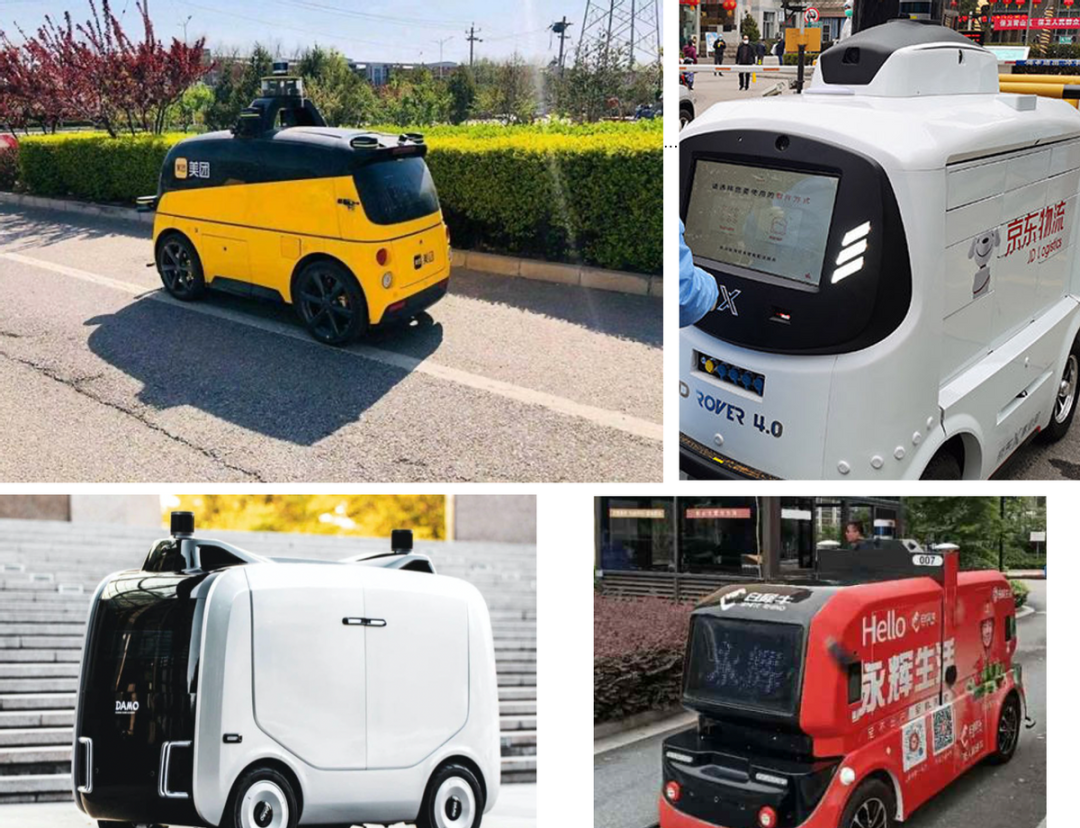
Based on the duration and management status of the epidemic in Shanghai, I think it’s very interesting whether or not this technology will be used.
In summary: Let me start by saying that I will sort out the foundation and platform technology of this field. I think many technological applications require a large tide to carry them forward. It’s like skyrocketing oil prices driving the application of new energy vehicles, and events like the epidemic forced the development of the low-speed autonomous delivery scene.
This article is a translation by ChatGPT of a Chinese report from 42HOW. If you have any questions about it, please email bd@42how.com.
